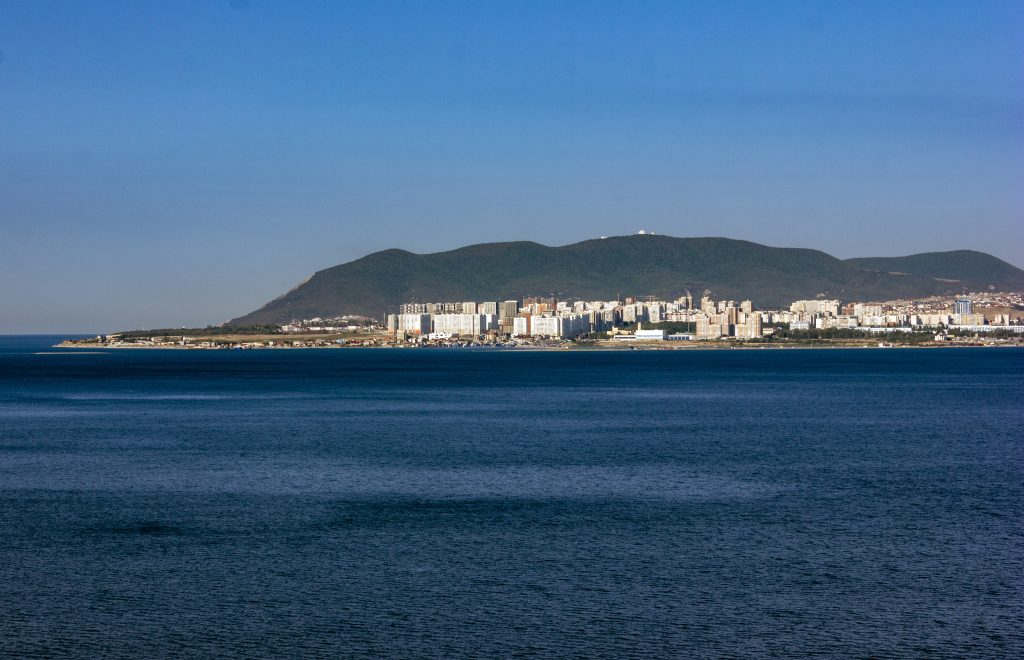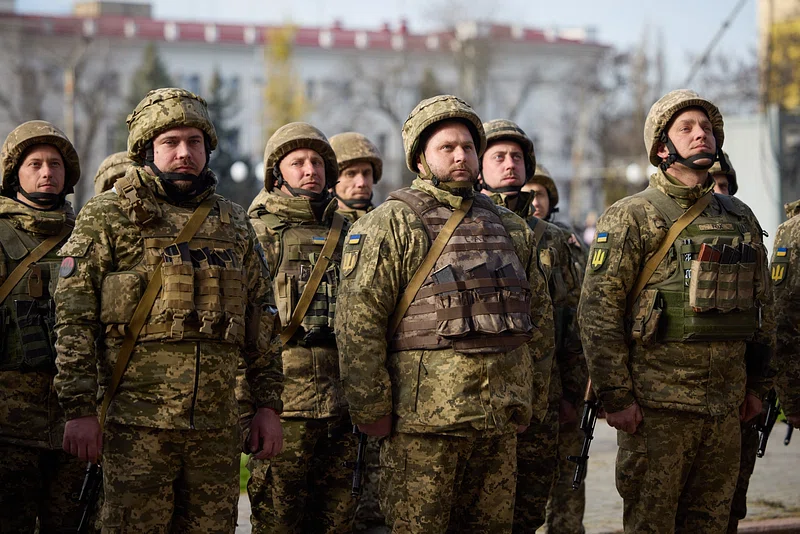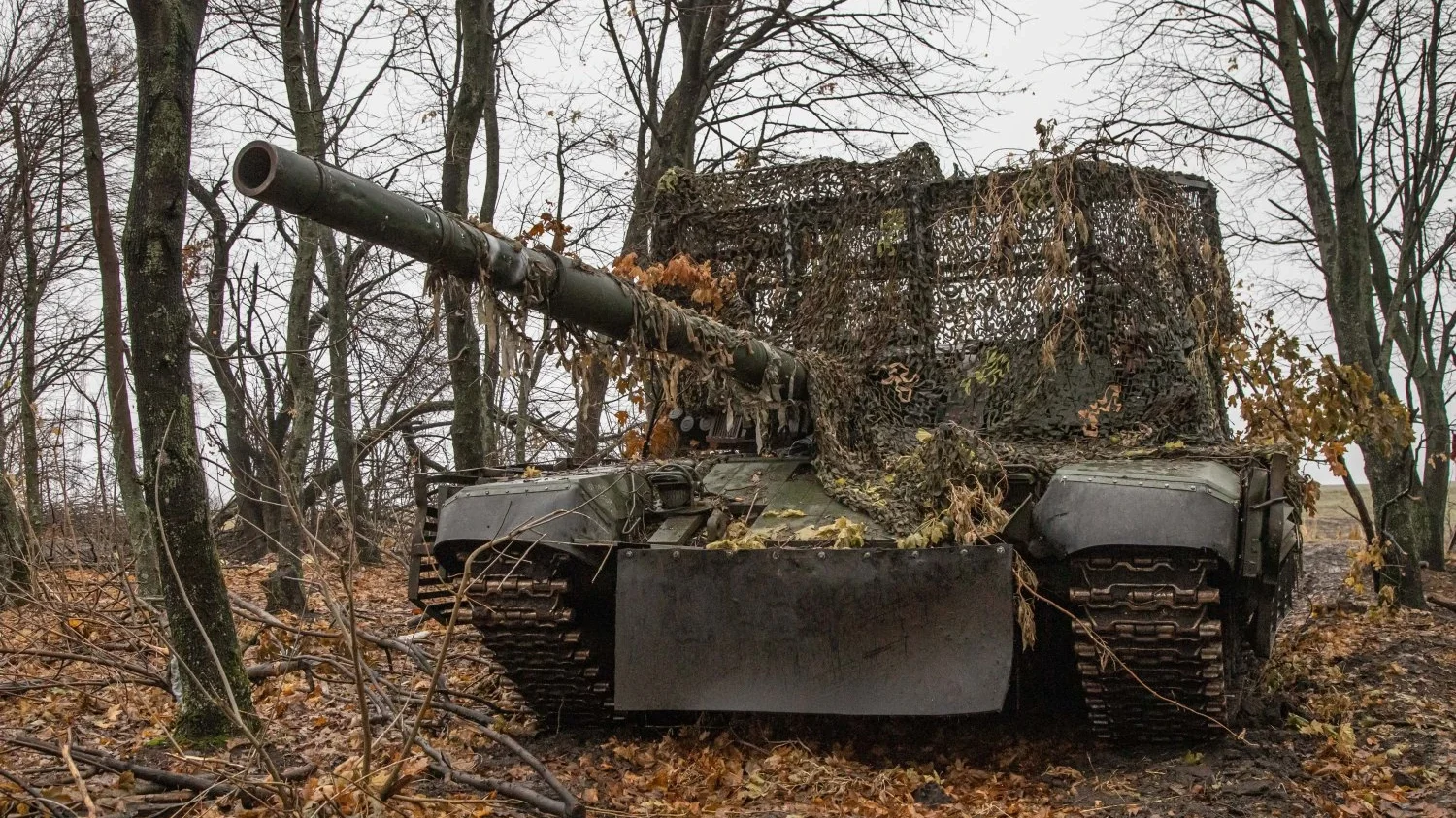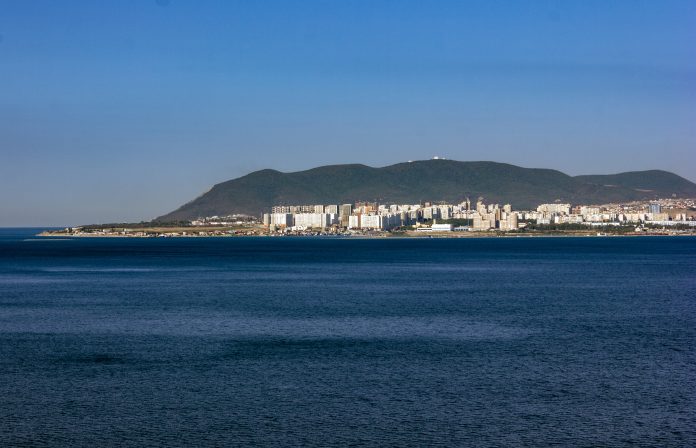
“In war, the economy is a weapon.” That axiom, long debated in military strategy circles, took on new urgency after Ukraine’s overnight destruction of Russia’s Novorossiysk oil terminal on November 13-14, 2025. This was not an attack on infrastructure but an intentional strike at the heart of Russia’s energy revenue stream, with ripples throughout global markets and military planning alike.
The assault marked something of a turning point in Ukraine’s operational doctrine the pinpoint strikes against smaller refineries have given way to precision strikes against the most critical export hubs of Russia, marrying advanced missile technology with coordinated drone swarms. The implications stretch from global energy security to the balance of naval power in the Black Sea right to the future of long-range strike warfare.

1. Novorossiysk: A Direct Hit on the Economic Artery of Russia
The Sheskharis oil terminal at Novorossiysk handles millions of barrels annually, accounting for about 8-10% of Russia’s seaborne oil trade. On the first day of the stoppage, Ukraine immediately cut about 2% of global oil supply. Scores of tankers sat idle offshore, satellite images showed, in a sign of the disruption. Analysts said the blow from the strike was more significant than that from previous refinery attacks, and one told Reuters it was “huge” in both scale and impact.

2. Long Neptune: Ukraine’s Extended-Range Cruise Missile
The domestically developed Long Neptune cruise missile reportedly can strike 1,000 km away. President Volodymyr Zelensky hailed Ukrainian engineers for rapidly extending the range from the original anti-ship Neptune’s 300 km to a land-attack variant using GPS-assisted inertial navigation and imaging infrared guidance. With its longer body and more fuel, the missile has a deeper reach into Russia in ways fundamentally different from what Ukraine has ever accomplished strategically.

3. Overwhelming Russia’s Air Defenses
The strike married Long Neptune missiles with unmanned aerial systems to methodically destroy Russian S-400 and S-300 batteries defending the port. That tactic mirrored earlier Ukrainian successes around Crimea, where the drones took down radar and antenna arrays, then missile salvos destroyed high-value systems worth more than $500 million. The Institute for the Study of War judged the repeat losses as evidence of “systemic tactical failures” in Russia’s air defense network.

4. The Global Oil Market Shockwaves
The surprise halt to exports from Novorossiysk sent Brent crude surging 2.19% to $64.39, while WTI rose above $60 per barrel for the first time in weeks as traders cited increased geopolitical risk and the possibility of bottlenecks in Black Sea shipping lanes. The disruption amplified the already existing volatility, with Russia’s reduced output contributing to what Zelensky earlier described as a projected $37 billion loss in oil and gas revenues for Moscow by year’s end.

5. Immediate Russian retaliation
In a matter of hours, Russia responded by pounding Kyiv with 430 drones and 18 missiles, killing at least six civilians and injuring scores, including children. Apartment blocks burned, hospitals were full to capacity, and the strikes overflowed into Kharkiv and Odesa. Zelensky called the raids a “wicked attack” in an accelerating cycle of escalation between infrastructure strikes and retaliation targeted at civilians.

6. Expanding Ukraine’s Strike Arsenal
Besides the Long Neptune, Ukraine has also unveiled a family of long-range systems: the Flamingo FP-5 cruise missile with a 3,000 km reach and carrying a 1,150 kg warhead, one-way attack drones like the Lyutyi and FP-1 flying over 1,000 km, and high-speed ‘drone missiles’, including Palianytsia, Ruta, Peklo, and Bars. Most of these are going into mass production and give Kyiv flexibility in striking everything from oil depots to maritime platforms without the constraints imposed by the West.

Black Sea Naval Pressure Campaign
The attack against Novorossiysk is part of a wider Ukrainian campaign to degrade the Russian Black Sea Fleet. Since summer 2024, Ukraine has sunk landing craft and damaged missile corvettes, including an attack on fleet headquarters, using Storm Shadow and SCALP missiles. Naval drones, each packed with up to a ton of explosives, have pushed Russia to shift its newest warships to Novorossiysk, ironically putting them closer to Ukraine’s latest missile threat.

8. Economic Isolation as Strategic Pressure
Military historians say that the strikes against energy infrastructures are a form of economic isolation, and what that surely does is constrain an adversary’s strategic options. The attacks on export hubs make Russia divert valuable resources into domestic markets through subsidized fuel prices and defend dispersed assets. This echoes historical precedents, where the onset of economic isolation pushed powers toward riskier military gambits that greatly increased the likelihood of strategic missteps.

9. Russian Resilience and Vulnerabilities
Despite swift repairs and surplus refining capacity, the challenges are piling up. Domestic petrol prices have risen by more than 10%, and regional shortages have been reported. Anti-drone cages and nets are starting to make their appearance at refineries, but the loss of advanced air defenses at key hubs has left high-value assets exposed. The doubts in the industry are growing over Russia’s ability to restore full operational reliability under continued Ukrainian strikes.

10. Strategic Significance for Global Energy Security
The attack on Novorossiysk aptly illustrates the fragility of interconnected energy systems. One precision strike took away a measurable share of global supply, spiking prices and unsettling markets. For the defense analyst, it shows how modern long-range standoff weapons can do what only large-scale naval blockades previously achieved: create strategic effects that reshape both the military and economic dimensions of conflict.
The destruction of Novorossiysk’s oil terminal was not just a Ukrainian battlefield victory it was an unprecedented strike at the very foundation of Russia’s economy, conducted with sophisticated indigenous weapons and tactical innovation. For military technologists and geopolitical observers alike, it serves to underline the lesson that precision strikes, if focused on strategic infrastructure, can have resounding effects on defense postures, market stability, and strategic decision-making. Whether Russia can adapt-or whether Ukraine’s evolving arsenal will continue to erode its economic and military resilience-will become clearer in the months ahead.


